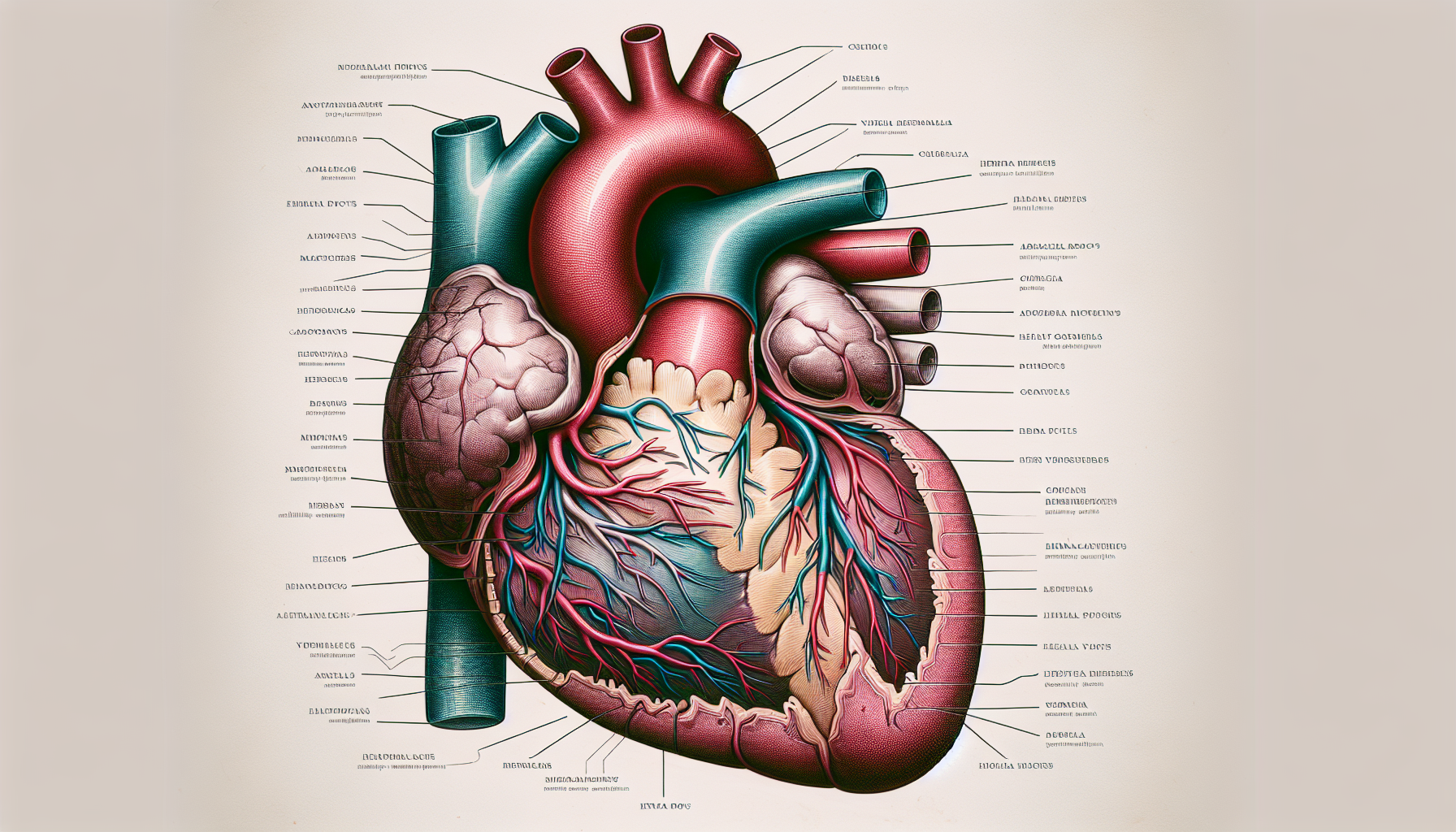Congenital heart defects (CHDs) are structural problems with the heart that are present at birth. They can affect the heart’s shape, the heart valves, and the walls between heart chambers, leading to a wide range of health issues. The complexity of these conditions can vary from simple, which might cause no problems, to complex, which can cause severe and life-threatening complications. Understanding CHDs is crucial not just for those affected and their families, but also for advancing treatment options and improving quality of life.
What Are Congenital Heart Defects?
CHDs are the most common type of birth defect, affecting nearly 1% of births—or about 40,000 infants—each year in the United States alone. These defects can alter the flow of blood through the heart, potentially reducing oxygen levels in the blood and straining the heart muscles. Some of the most common types of CHDs include septal defects, valve defects, and Tetralogy of Fallot.
Septal Defects
Septal defects involve the walls (septa) that separate the heart’s chambers. A hole in these walls can cause blood to flow abnormally between the heart’s chambers. The most common septal defects are atrial septal defect (ASD) and ventricular septal defect (VSD).
Valve Defects
Valve defects affect the flow of blood in and out of the heart’s chambers. When valves do not open and close properly, it can disrupt the heart’s ability to pump blood efficiently. Conditions such as pulmonary valve stenosis and aortic valve stenosis are typical examples.
Tetralogy of Fallot
This is a complex CHD that comprises four heart defects: VSD, pulmonary valve stenosis, right ventricular hypertrophy, and an overriding aorta. It results in poor oxygenation of blood and requires surgical treatment.
Causes and Risk Factors of CHDs
The exact cause of most congenital heart defects is unknown, but several factors may increase the risk of a baby developing a CHD. These include genetic conditions, such as Down syndrome, taking certain medications during pregnancy, and the mother having certain infections like rubella during pregnancy. Environmental factors, diabetes, and obesity in the mother also play a role.
Diagnosis and Treatment
CHDs can often be detected before birth through prenatal ultrasounds and a special heart test called a fetal echocardiogram. After birth, a physical examination, an echocardiogram, an electrocardiogram (EKG), cardiac catheterization, and a chest X-ray are common diagnostic tools.
Treatment for CHDs can include medication, surgery, and catheter procedures. The type of treatment depends on the severity of the defect and the child’s overall health. For example, a small ASD may close on its own as the child grows, while a complex defect like Tetralogy of Fallot typically requires surgery.
Living with a Congenital Heart Defect
Advancements in medical treatment mean that today, more children with CHDs are growing into adulthood. However, living with a CHD requires ongoing care. Regular check-ups with a cardiologist are essential, and some individuals may need lifelong medication or multiple surgeries.
The Importance of Cardiovascular Health
As individuals with CHDs age, maintaining cardiovascular health is paramount. This involves regular physical activity, a heart-healthy diet, and avoiding smoking. For more specific advice, one can delve into Heart-Healthy Recipes for a Cardiovascular Diet, which provides practical dietary recommendations for those seeking to promote heart health.
Support Systems
The emotional and psychological impact of CHDs should not be underestimated. Support groups and counseling can be beneficial for patients and families. Information on coping strategies is available in resources such as Balancing Work-Life to Improve Heart Health, which also touches on the broader implications of stress on cardiovascular wellness.
Research and Resources
Research into CHDs is ongoing, with studies focusing on causes, prevention, and treatments. Recent studies have looked into the genetic basis of CHDs, aiming to understand the complex interplay of genes involved.
For those seeking more in-depth information, various niche resources are available:
- The Congenital Heart Information Network provides resources for families and professionals dealing with CHDs.
- The Pediatric Congenital Heart Association focuses on improving the quality of life for those with CHDs through research and advocacy.
- The American Heart Association offers a comprehensive hub of information on various heart conditions, including congenital defects.
Advances in Treatment
The medical field has seen significant advances in the treatment of CHDs. Minimally invasive techniques for correcting certain heart defects, such as catheter-based interventions, have reduced the need for open-heart surgery in some cases. Additionally, Advancements in Cardiovascular Disease Treatment offer insights into the latest technologies and procedures that are shaping the future of heart care.
With each passing year, innovative research and development in the field of cardiology provide new hope for those affected by CHDs. Collaboration between cardiologists, geneticists, and researchers worldwide is essential to continue this progress.
Conclusion
Understanding congenital heart defects is crucial for early detection, effective treatment, and the provision of support to those affected. While the challenges of living with a CHD are significant, the advancements in medical science and the availability of robust support networks offer hope and assistance. Through continued research and awareness, the journey toward better health and quality of life for those with CHDs looks ever more promising.



